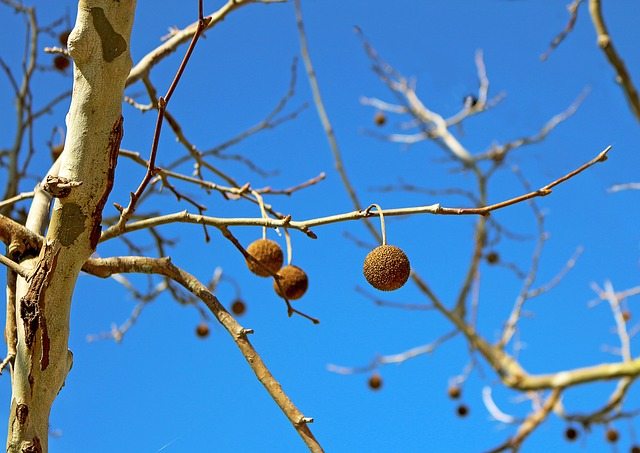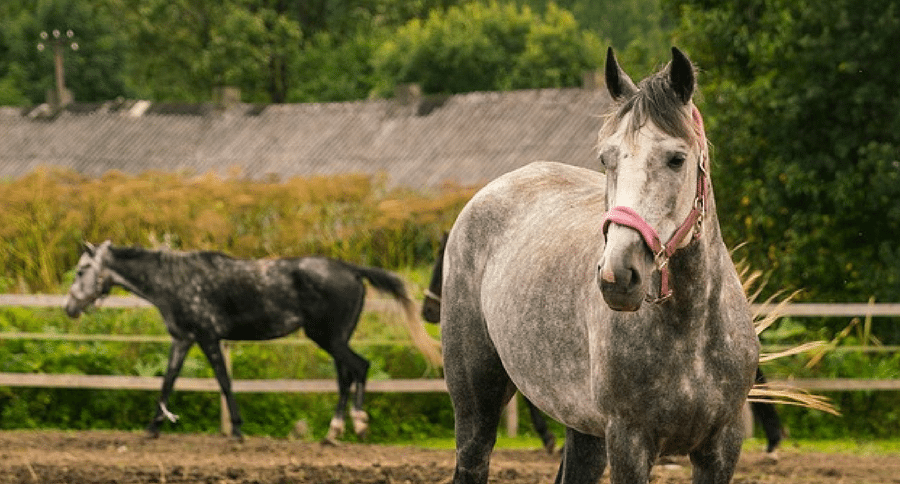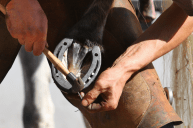Equine atypical myopathy could be prevented with activated charcoal.
Grazing horses can come down with equine atypical myopathy, a fatal illness, when they ingest sycamore tree seeds and box elder tree seeds. The seeds contain a toxic amino acid called hypoglycin A (HGA) that causes muscle tremors, muscle degeneration, and stiffness. Colic, low body temperature, and dark urine are clinical signs that can also accompany the muscle disease, which often results in sudden death within 72 hours. The disease first emerged from Europe where young horses are the most at risk. Belgium, Germany, and France have had the worst outbreaks of the disease with the highest mortality.
Researchers say giving activated charcoal to at-risk horses can protect them from the harmful effects of HGA, which metabolizes in the intestines. Their study revealed that activated charcoal, known for its detoxifying characteristics, binds to HGA. This effectively prevents metabolism of the amino acid, shielding the gut from absorbing HGA into the bloodstream.

However, activated charcoal can also bind to good molecules which is why it shouldn't be given long-term or added to the diet willy nilly. Instead, equine medical professionals suggest administration of the oxygenated charcoal when necessary via nasogastric tubes. Charcoal isn't that tasty, so horses would likely avoid it if it was added to their regular diet.
If some horses in a pasture are showing signs of atypical myopathy (AM), caretakers and horse owners should begin administering activated charcoal to otherwise healthy horses grazing in the same pasture. It could save their lives.
Seasonal outbreaks of AM are most common, particularly around autumn when trees are shedding their dead leaves and, potentially, seeds. The disease is called seasonal pasture myopathy in America.
Though initial presentation of AM often sees a quick decline in equine victims, those treated early with intravenous fluids (IV) and activated charcoal might have a fighting chance.
Read the full study "Identification of hypoglycin A binding adsorbents as potential preventive measures in co-grazers of atypical myopathy affected horses" here. It was first published in Equine Veterinary Journal.
Has atypical myopathy ever affected your horse? Tell us what you think about this new treatment in the comments below.
WATCH NOW: 10 Most Popular Horse Breeds in the World




